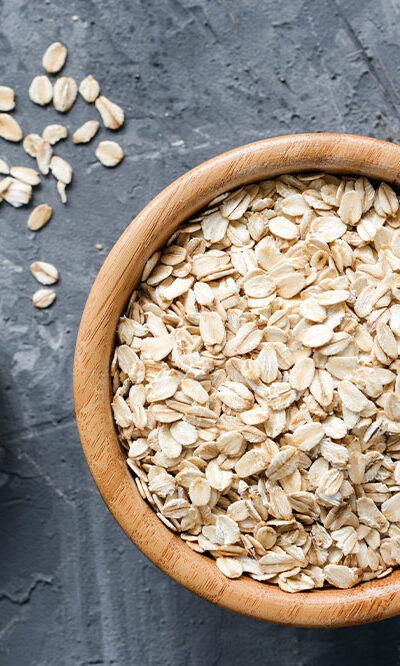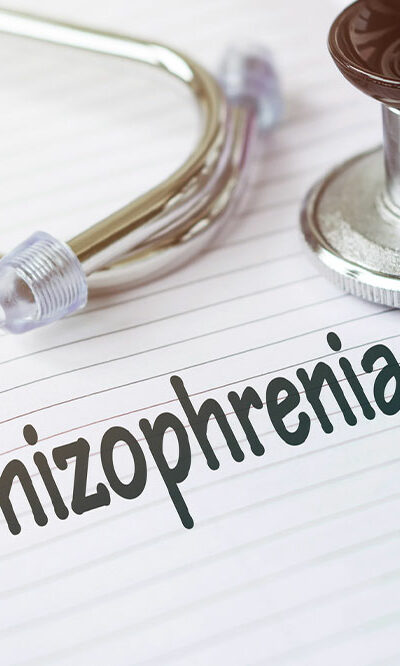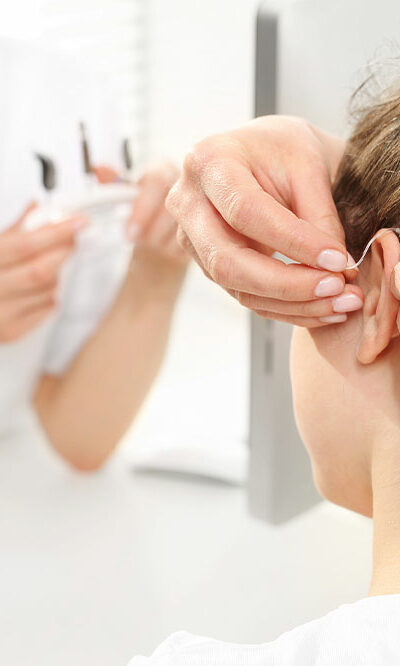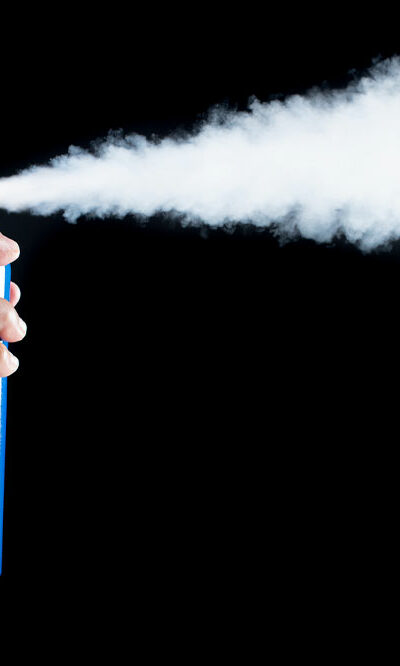
6 human foods that cats can enjoy
Certain foods that are healthy for us may be beneficial for your cat. As a responsible cat parent, it is essential to be aware of the foods and their sources before slipping a morsel from your plate into your pet’s bowl. Ingestion of toxic foods can adversely affect the cat’s digestive system. Hence, it is advised to consult a vet for recommendations. Here is a list of human foods that are perfectly safe for cats: Meat Cats are carnivores by nature. Most of the commercial cat food in the market contains different meats, an excellent protein source. So, feeding them bits of cooked meats like beef, turkey, or chicken from your lunch plate is entirely alright. Make sure you limit the quantity of the meats. Overeating may cause digestive issues in cats. Salmon Cats love fish, and most vets recommend feeding them fish-based foods. They are a good source of omega-3 and other nutrients. Oily fish like tuna, salmon, or mackerel prove beneficial for their eyesight and joints. However, do not feed your feline straight from the can as they might lick it too aggressively, leading to cuts and bruises on their tongues. It’s best to feed them cooked fish without bones. Cat food brands like Royal Canin, IAMS, and Greenies™ source their ingredients from salmon. Whole grains As grains are loaded with nutrients, they are healthy for humans and cats. Oats have lots of protein, but not many cats like it. Some cats prefer brown rice and coarsely grounded cornmeal too. If you’re not feeding your cat any meat or fish, whole grains can be a good substitute. Smaller grains like wheat berries and millets can also be cooked at home. Cat food brands like IAMS use whole grains like wheat in their products. Eggs Another food item that is safe for cats is eggs.










